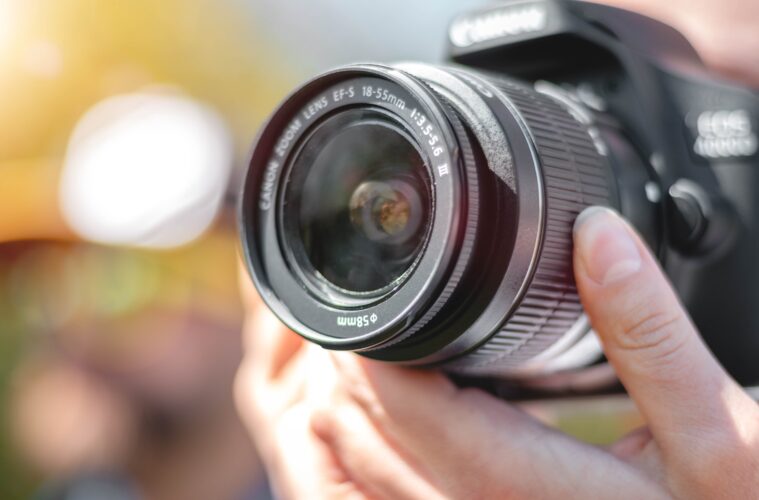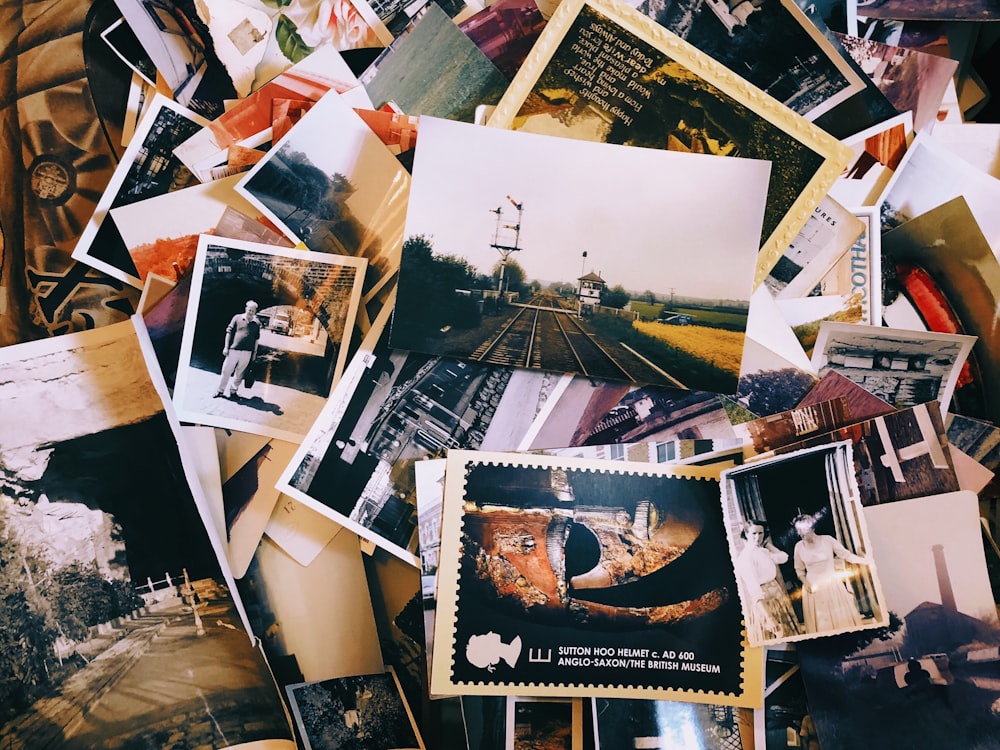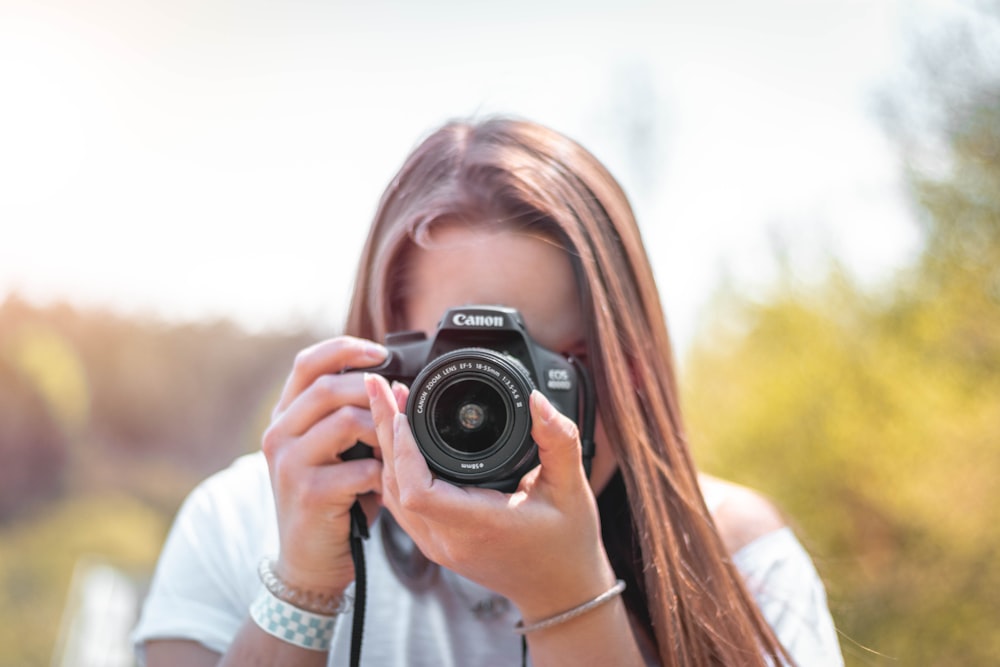If you have an exquisite idea for an art project, whether for work or home, but can’t quite work out how to bring it to reality, photographic manipulation may be the technique you need to learn. The art of manipulating photos is as old as photography itself and is now more advanced than ever, given the wide range of digital tools at our fingertips. You may be surprised to learn that the process is also much easier than you think!
Don’t Miss Out the Planning Stage
Think about what you’re trying to accomplish before beginning to manipulate any photos, combine images, etc, for the best possible outcome. Knowing what you want the final result to achieve is a great place to start – and keeping this in mind can help avoid distractions or adding unnecessary elements to the image. Think about themes, styles, and how to ensure that the visual focus stays exactly where you want it. Aim to have a clear project outline before even launching Photoshop or a similar tool.
Choosing Your Photos
It’s really important to remember that photographic manipulation should never undermine the integrity of the photographic image’s context and content, and the practice shouldn’t be used in a way that could misrepresent subjects or mislead viewers – that’s the sage advice of the National Press Photographers Association on the matter. In a nutshell, photographic manipulation should be used for aesthetic and artistic expression rather than deception.
If you’re wondering how to avoid the minefield of copyrighted images, consider using two or more stock photos for your project. Royalty-free stock photos are a great option when it comes to creating amazing content – many have been taken by professional photographers and incorporate a near-endless range of subjects, patterns, abstract styles, backgrounds, and more.
Adhere to the Rules of Photography
Feel free to get as out there as you want to with photographic manipulation, but always remember the golden rule: these manipulated images should still obey the laws of photography to work. This doesn’t mean the scene you dream up must be one that could occur in real life, but rather that elements such as lighting, shadow, and perspectives should be realistic.
Combining two complementary photos that share factors like perspective, for example, will automatically make your job easier, as the editing work required to get the images to work together will be less intensive.
How to Match Color and Lighting
To get started matching the lighting of your images, work from the darkest to the lightest elements of the composition. As with highlights, the darkest shade of the subject should match the darkest color of the background.
Matching shadows and their associated range of colors is also important. Viewers may not be able to say why, but they’ll almost certainly notice something’s wrong with the manipulated image if the shadows are ‘off.’ Pay attention to the hue and saturation settings and ensure that all shadows present blend properly into the background of the overall picture.
Creating Composite Photos
A great way to get started with photographic manipulation is by creating a simple composite photo. For this project, the best images to use are high-contrast photos that feature distinct light and dark areas. Once you’ve chosen your two photos and uploaded them to Photoshop, open both images and drag one on top of the other. Now, in the Layers panel, set the Blend mode to Screen and then reduce the Opacity setting of the image.
If you wish, you can now add a Mask to the Landscape layer, which will allow you to simply paint an area featuring details that you’d like to come through more distinctly into the upper layer. Now experiment by injecting more color into the composite image by adding a Gradient Fill layer, then set the Blend mode to Overlay and reduce the Opacity to 60%.
Finally, if you want to create a focal point on one particular area of the image, try adjusting the Gradient Fill angle and then altering the color stops.
Have Fun Creating Out-of-This-World Images Using Photographic Manipulation
Photographic manipulation can be the perfect way to bring even your wildest visual concepts to reality. Once you’ve mastered the beginner composite photo techniques outlined above, try your hand at a more advanced project, such as blending photos and elements of graphic design, creating the sort of double exposure effect regularly seen in the movies – or practice creating a unifying color treatment for a composite image. Have fun!
Published by HOLR Magazine.




